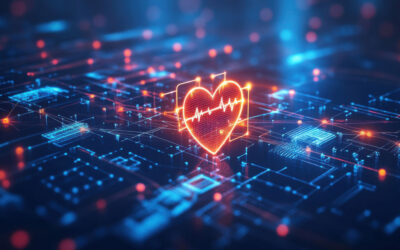“You’ll be on cloud nine!”
In the hills of eastern Kentucky, literary idioms are a huge part of the language. Examples like “You’re barking up the wrong tree”, “eating high on the hog”, and “hill of beans” can be heard regularly. In those same hills I grew up, and those idioms would drive me to confusion, laughter, and embarrassment before I later embraced them as part of my own language.
Just like those Kentucky idioms put me through many ranges of emotions, looking at Public Cloud drives many of you through those same emotions. If you find yourself looking for where to start, let me offer some words of encouragement and guidance. I spent many years in the healthcare vertical as an engineer and architect. Now at Converge Technology as a Public Cloud Architect, I am aiding customers’ shift to Public Cloud.
“Don’t look at me”
Don’t look at Cloud pricing alone. Everyone agrees that the solution must be cost effective and performant, but it’s a scary place to be when your manager asks for pricing to run a workload in the cloud. You don’t want to undersize a workload, but you don’t want to over price the solution. Even some of the simplest pricing items can be complicated. Take the AWS Elastic Block Store for example- it has six different volume types, each with different pricing models and performance characteristics. Then, don’t forget about the number one cloud fear, internet egress cost!
Don’t let fear inaccurately price your workload. The end game should be finding answers to the important questions. Is cloud the correct location for your workload? What is the value of cloud for your workload? What is the correct estimate? At the end of the pricing exercise, you should understand each line cost, the value it brings, and the benefits to the services you are pricing.
“Enjoy the journey”
Cloud migrations are a journey. This statement is becoming a part of life for many of us. With any journey comes traffic jams, but every day there are more and more solutions to make your workload migration to the cloud faster and simpler (we all see those marketing materials).
When you break it down to a technical level, there are seven types of migration patterns. These patterns are Refactor, Re-platform, Repurchase, Rehost, Relocate, Retain, and Retire. Which type is right for you? Answering that question introduces another hurdle that brings more frustration. The reality is many Cloud migrations use the following types: Re-host, Relocate, Retain (on-premises), or Retire. I see and hear of countless migrations paused before any forward progress trying to determine which migration pattern is best for their use case.
Avoid these traffic jams. Find a learning partner. While any technology shift is a good time for cleanup, what is most important is learning how the migration types work and which is best for the workload. When you have found a learning partner, create a single path for learning. If it’s a compute migration, focus your learning on Compute and Storage. Be ready for the traffic jams in the migration and switch migration type to continue down the road.
“Don’t go it alone”
In the end, what makes a successful cloud migration is working with a technology partner and peers who have the heart of a teacher. Remember we are better together. Reach out and find an experienced resource who has first-hand knowledge of moving on-premises workloads to Cloud.




